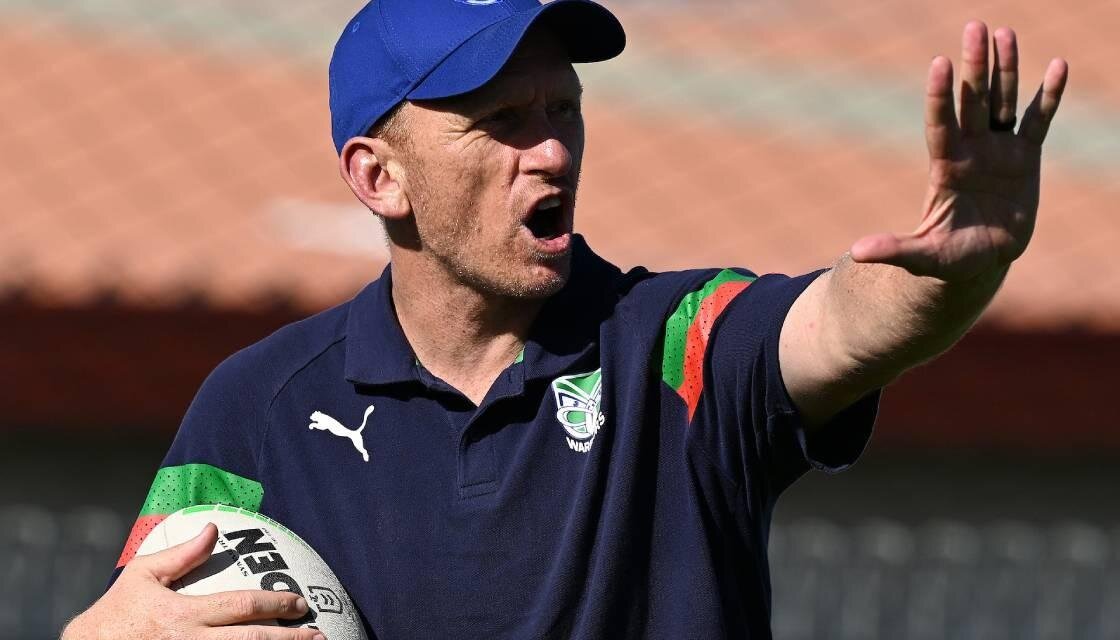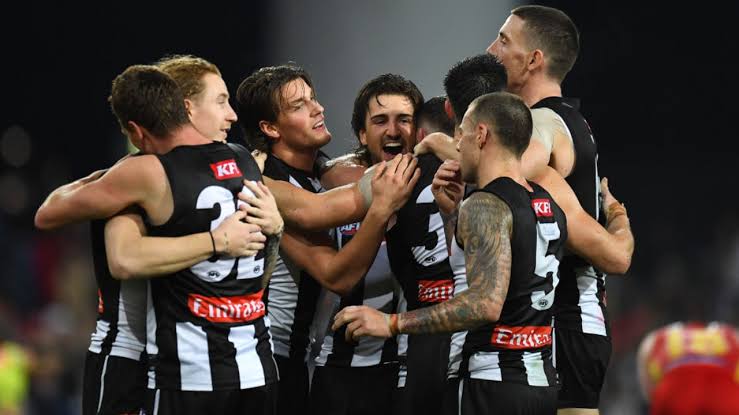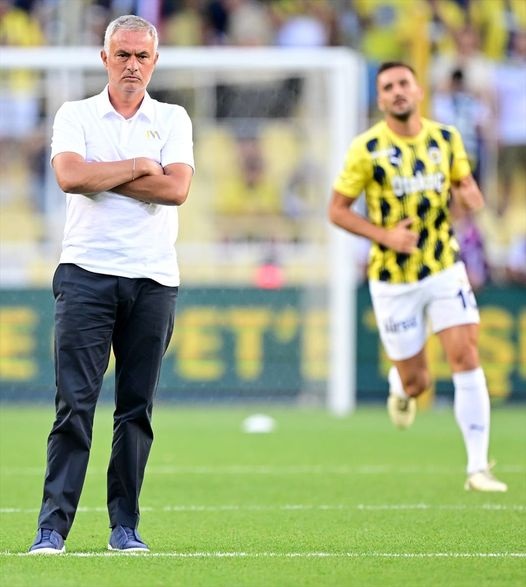Do not adjust your settings or glance out the window in case pigs are flying and hell has frozen over because the rumours are true – the New Zealand Warriors are ensconced in the NRL’s top four.
The Warriors are the league’s surprise packet through five rounds and while it might be a little early to break out the celebratory drinks, given the hard times the club has endured it’s still a cause for celebration.
This Warriors’ best start to a season since 2018 and just the second time since 2003 they’ve claimed four victories in their first five matches.
For a team trapped in limbo over the past few seasons as they were forced to play entire seasons on foreign soil it’s a remarkable revival made all the more unusual for where it began – the unlikely locale of Stamford, Connecticut.
Before new coach Andrew Webster was a two-time premiership winning assistant at Penrith and before he worked in the lower grades across the league and before he was on staff at Hull KR in England, he was the player-coach for the Connecticut Wildcats, who were once the pride of the American National Rugby League.
Back in 2005, aged just 23 with stints playing lower grades for Parramatta and a little bit of park footy mixed in, Webster headed to the land of the free and the home of the brave to link up with the Wildcats and begin his coaching life at the very end of the rugby league universe.
“Having someone come from overseas and instil something we’d never seen before, the way he approached the game as a coach and a player, the little nuances of the game he was able to teach us, was pretty incredible.”
Life in the AMNRL could be day-to-day and hand to mouth. Matches were mainly played on high school gridiron fields between motley crews of Australian and New Zealand expats and locals, like Cunz, giving the foreign game a try.
The Wildcats were one of the league’s stalwarts but clubs rise and fell by the year. The competition was mainly based around the north east, especially around New York and Delaware Country just outside of Philadelphia.
The games were rugged and raw, with little love lost between Webster’s charges and the likes of Philadelphia Fight, Delaware Valley Mantarays, Washington DC Slayers, New York Knights and the Bucks County Sharks.
But the true power in those waters hailed from the curiously named Pennsylvania town of Glen Mills, where the Bulls had established a dynasty. When Webster arrived in America, the Bulls had claimed five premierships in seven years and were undoubtedly the class of the nascent competition.
With Webster leading from the front and claiming a share of the competition’s player of the year honours, Connecticut went all the way to the grand final came perilously close to toppling Glen Mills and hoisting the Ferrainola Cup as the league’s championships.
“It came down to the last play in the national championship. He had the ball at dummy half, I was on the wing and he cut out two players and flung it to me,” Cunz said.
“It was right in my grasp, my opponent knocked it out, but the ref didn’t see it.
“There was nobody in front of me, back in the day I was pretty fast and not to toot my whistle but they wouldn’t have stopped me.”
The 32-30 loss was Webster’s swansong for the Wildcats. The following season, he joined English club Hull KR as an assistant to take another step on the long road that ended with him taking the Warriors job.



